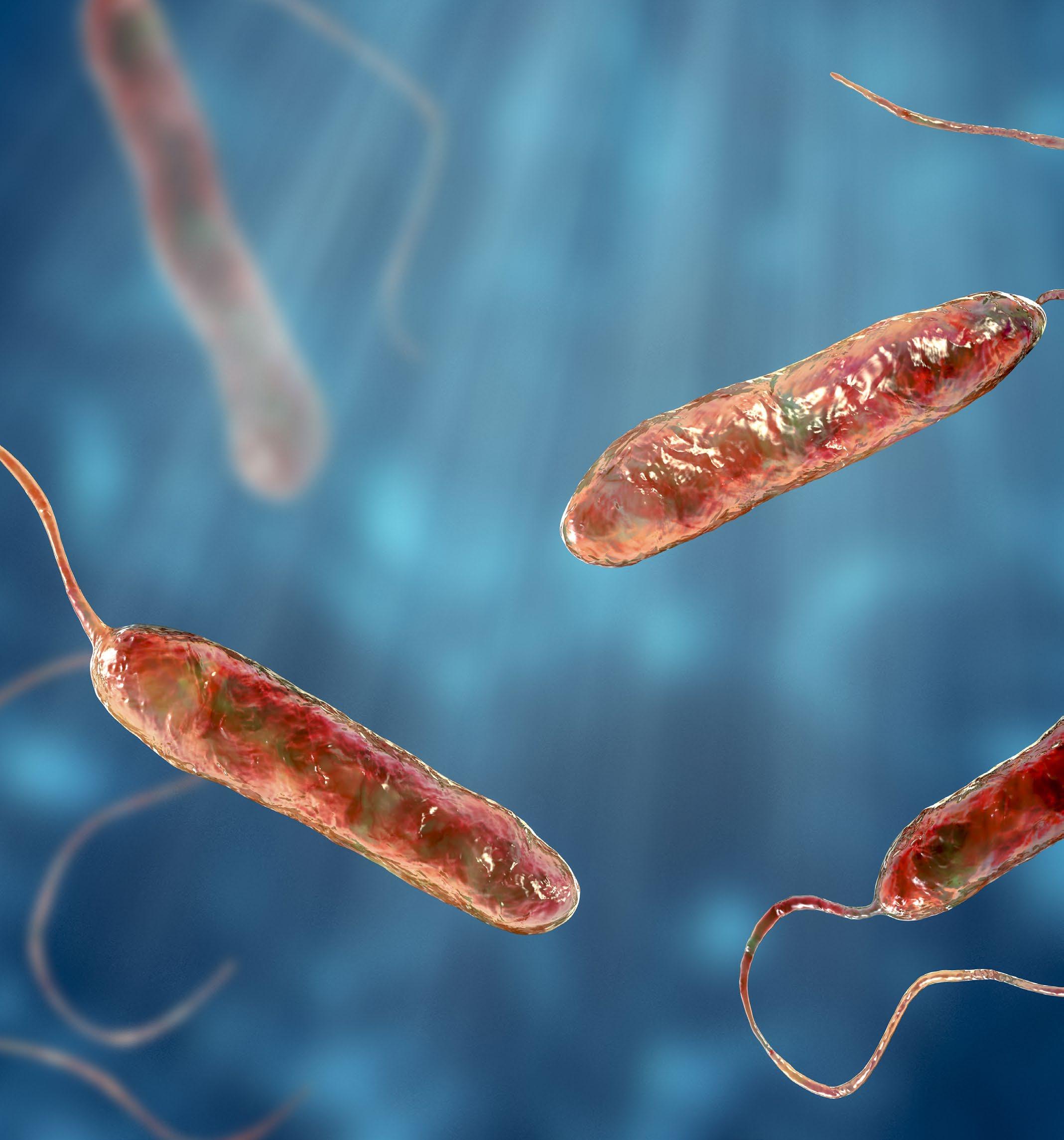MICROBIAL DEGRADATION OF DON AND ZEN IN ANIMAL FEED

TO REDUCE CARRYOVER FROM ANIMALS TO HUMANS
PATENT
9th Beneficial Microbes Conference
14-16 November 2022, Amsterdam, the Netherlands
1
Z. Jakovčević, Jog Raj, H. Farkaš, S. Ćujić, Bošnjak-Neumüller and M. Vasiljević
CO, DOO.; Serbia
OBJECTIVE
Aflatoxins (AF), zearalenone (ZEN), fumonisins (FB1 and FB2), T-2/HT-2 toxins, ochratoxin A (OTA), and deoxynivalenol (DON) are considered the most economically important mycotoxins in terms of their high prevalence and significant negative effects on animal performance.
DON is a type B trichothecene mycotoxin and ZEN is a potent estrogenic metabolite produced by several Fusarium species that infest maize, wheat, barley, and oats.
Food and animal feed co-contaminated with DON and ZEN present a significant health risk for livestock and can enter humans via livestock-based foods.
Among many remediation methods in animals, biological degradation of mycotoxins has shown promise because it works under mild and environmental friendly conditions
The objective of this study was to evaluate the DON and ZEN degradation capacity of microbes Devosia lucknowensis NCIMB 30593 and Aerobium tamlense NCIMB 30596 as a potential strategy to minimize carryover of these mycotoxins from animals to humans.

2
MATERIALS & METHODS
In this research work, 5 soil samples were collected from different fields of alfalfa crop and pooled into one sample.
The microbe identified as Devosia lucknowensis by NCIMB (UK) was isolated through an enrichment culture procedure using a mineral salt medium and 1 ppm of DON as a sole carbon source
D.lucknowensis degraded 100% of DON in a 24-hour period at 30°C and under aerobic conditions.
For the isolation of the ZEN-degrading microbe Aerobium tamlense, a soil sample was collected from a field of wheat and contaminated with ZEN-rich material

Samples were taken every six days and, after it was determined that the level of ZEN had been decreasing in a span of 2 months, an enrichment culture procedure was started using a mineral salt medium and 1 ppm of ZEN as a sole carbon source.
A.tamlense degraded 100% of ZEN in a 2-hour period at and under aerobic conditions.
The reduction in the level of DON and ZEN was quantified through LC-MS/MS.
3
RESULTS
D. lucknowensis was able to reduce DON at pH levels ranging from 6 to 9 and temperatures of 30-40°C.
A. tamlense was able to reduce ZEN at pH levels ranging from 4 to 9 and temperatures of 30-40°C.
Based on this data, D. lucknowensis NCIMB 30593 and A. tamlense NCIMB 30596 have the potential for use in animal feed to reduce the absorption of DON and ZEN in animals and their carryover to humans.

4




